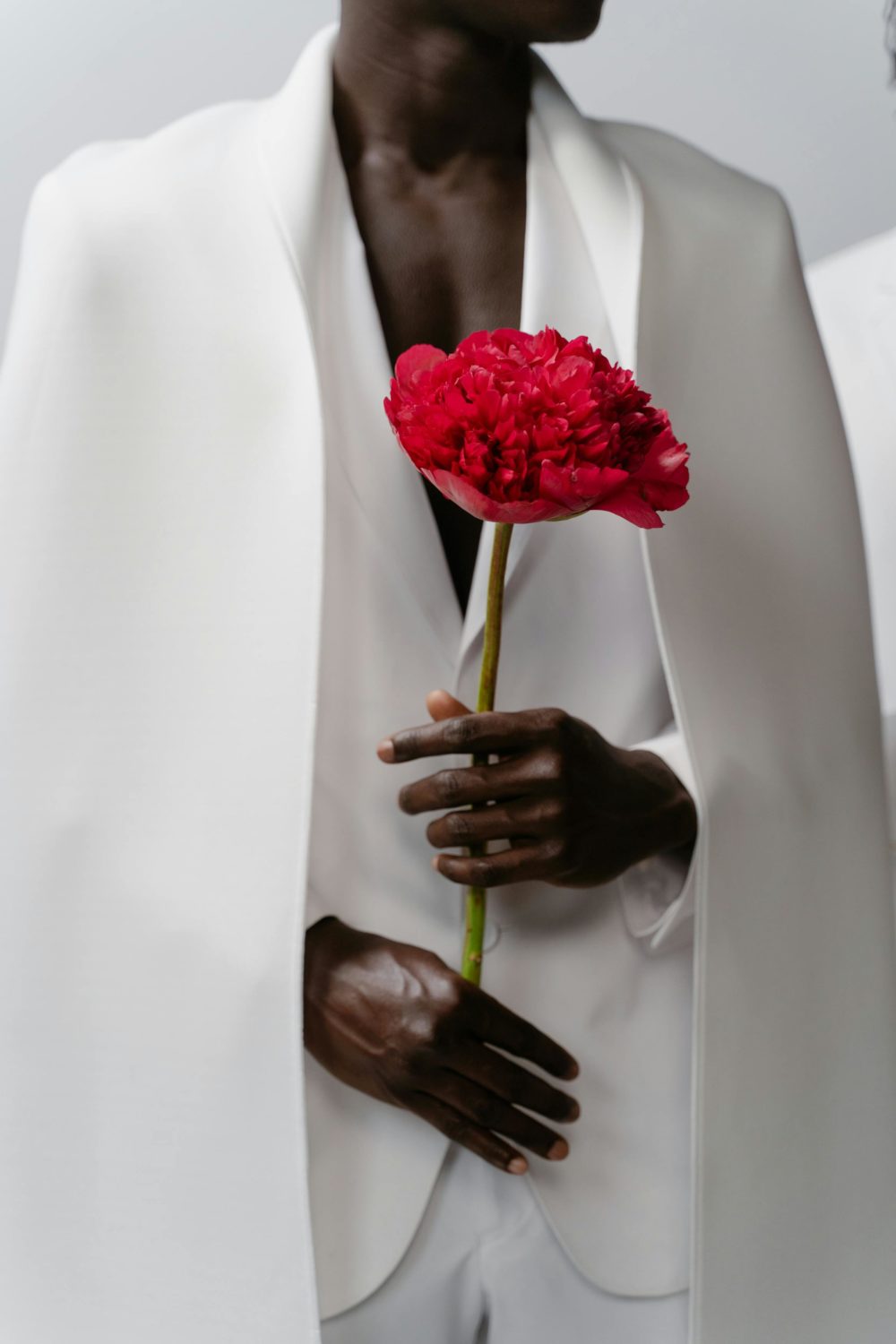
Haute couture represents the pinnacle of fashion, where craftsmanship, creativity, and luxury converge to create unique, custom-made garments. Originating in Paris in the mid-19th century, haute couture has become synonymous with exclusive fashion, tailored to the individual needs and tastes of its elite clientele.
The Origins of Haute Couture
The term “haute couture” is French for “high sewing” or “high dressmaking,” and it emerged as a distinct fashion category in the 1850s. Charles Frederick Worth, often regarded as the father of haute couture, established the first true couture house in Paris. Worth’s innovative approach, which included showing his designs on live models and creating custom-fitted garments for wealthy clients, set the foundation for modern haute couture.
To be considered a true haute couture house, designers must meet stringent criteria set by the Chambre Syndicale de la Haute Couture in Paris. These criteria include creating made-to-order garments for private clients, having an atelier (workshop) in Paris with at least 15 full-time staff, and presenting a collection of at least 50 original designs twice a year.
The Craftsmanship Behind Haute Couture
The creation of haute couture garments is a labor-intensive process that can take hundreds of hours to complete. Each piece is meticulously crafted by skilled artisans, often using traditional techniques passed down through generations. The process typically involves several stages:
- Consultation and Design: The journey begins with a consultation between the designer and the client. During this meeting, the client’s preferences, measurements, and desired style are discussed. The designer then creates sketches and selects fabrics and embellishments.
- Pattern Making and Draping: A pattern is created based on the client’s measurements, and the fabric is carefully draped on a mannequin to ensure the perfect fit. This stage requires precision and an eye for detail, as even minor adjustments can significantly impact the final garment.
- Cutting and Sewing: The fabric is cut according to the pattern, and the pieces are hand-sewn together. This stage involves techniques like embroidery, beading, and lacework, which are often done by specialized artisans.
- Fittings and Adjustments: Multiple fittings are conducted to ensure the garment fits the client perfectly. Adjustments are made as needed, and the final touches, such as adding buttons or embellishments, are completed.
Haute Couture in Modern Fashion
While haute couture remains rooted in tradition, contemporary designers often incorporate modern elements to keep their creations relevant and innovative. This blend of old and new can be seen in the use of unconventional materials, avant-garde designs, and technological advancements like 3D printing.
Incorporating traditional elements into haute couture can add a unique touch of authenticity and cultural heritage. For instance, the intricate patterns and craftsmanship of women’s Irish sweaters as the ones you get on websites as Gaelsong can inspire haute couture designers to create luxurious knitwear that pays homage to Irish traditions while maintaining the exclusivity and elegance of couture fashion.
The Significance of Haute Couture
Haute couture is more than just fashion; it is an art form that celebrates the highest level of craftsmanship and creativity. It serves as a source of inspiration for the entire fashion industry, setting trends and pushing the boundaries of design. Haute couture also plays a crucial role in preserving traditional techniques and supporting the artisans who specialize in these crafts.
Conclusion
Haute couture represents the zenith of custom-made fashion, where every garment is a testament to the skill and creativity of the designer and artisans. The meticulous process of creating these bespoke pieces ensures that each garment is a unique work of art, tailored to the client’s exact specifications.







